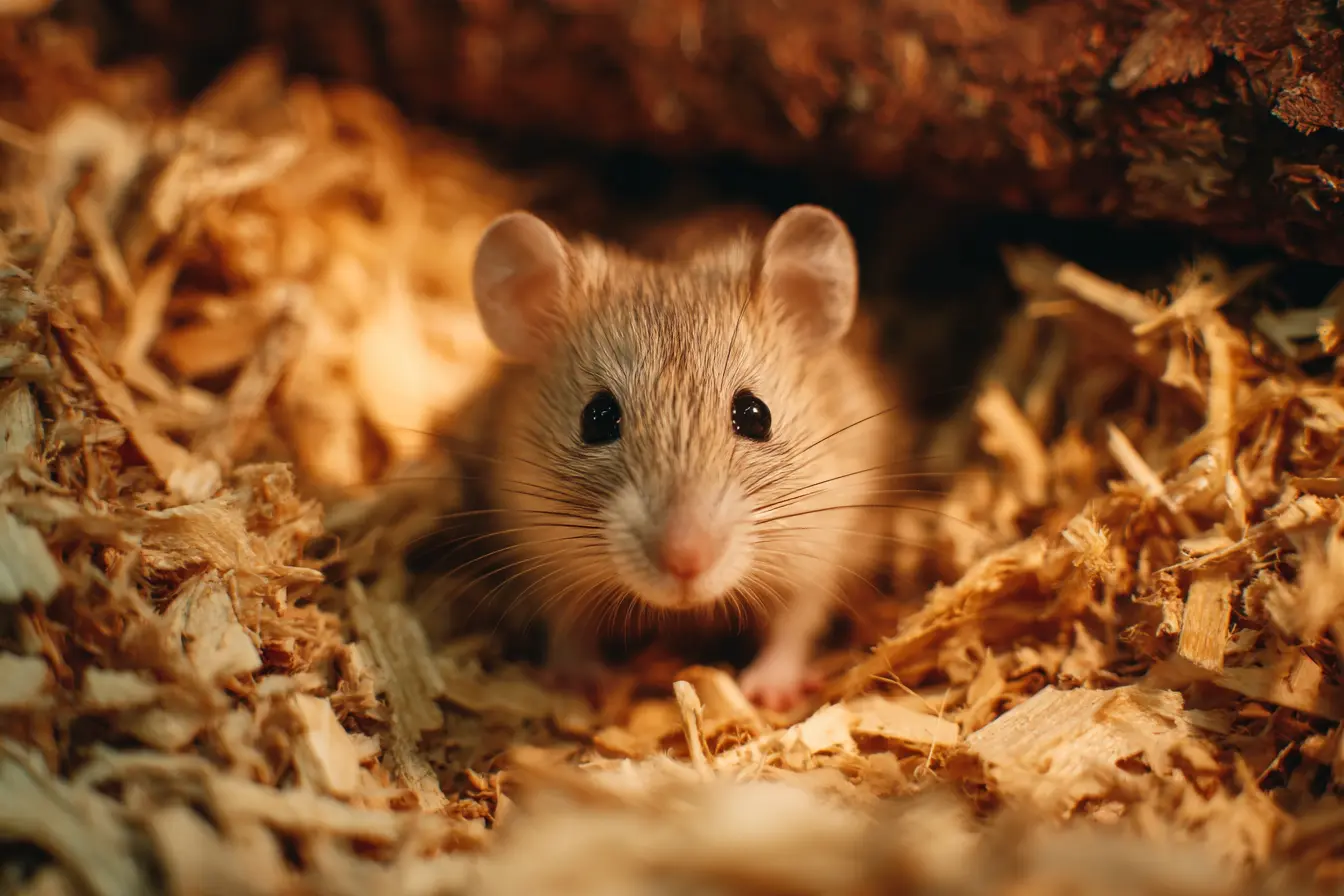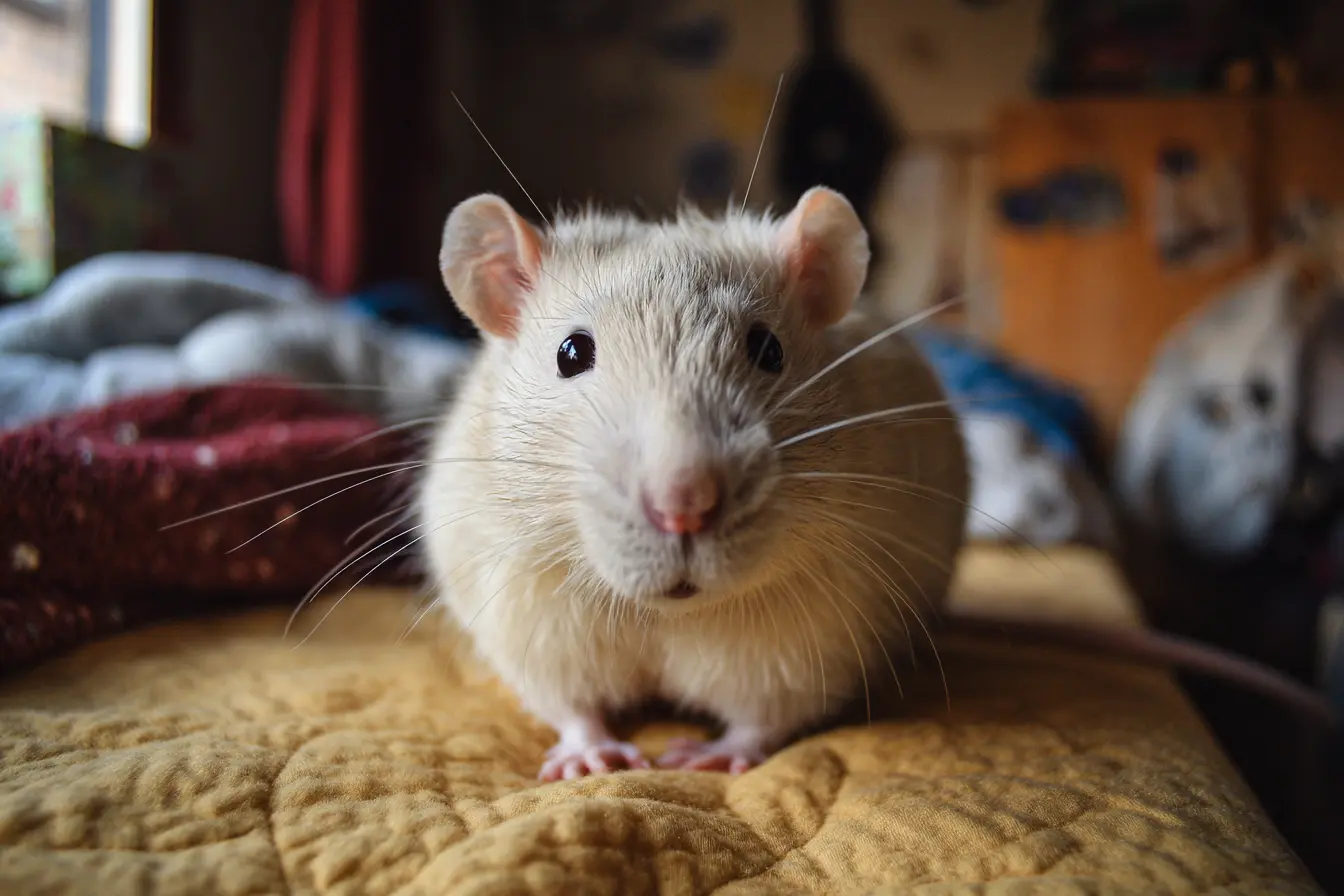
Teddy Guinea Pigs: Plush-Coated Companions for All Keepers
Teddy guinea pigs are a charming and distinctive breed, known for their dense, plush coats and teddy bear-like appearance. With their curious personalities and low-maintenance grooming needs, Teddies are popular with both beginners and experienced keepers. They are affectionate, friendly, and interactive pets that bring a lot of joy to households willing to provide the right care.
In this post, we’ll explore everything you need to know about Teddy guinea pigs, from their origins and appearance to housing, diet, grooming, health, and suitability as pets.
What Are Teddy Guinea Pigs?
The Teddy guinea pig is a short-haired breed of Cavia porcellus characterised by a dense, rough coat that stands on end, giving it a springy, plush texture. Their fur feels similar to a soft brush and gives them a unique teddy bear-like appearance, hence their name.
The Teddy’s coat is caused by a genetic variation that affects hair growth. Unlike the Rex guinea pig, whose fur is coarser and more crimped, the Teddy’s coat is softer and smoother to the touch. Their whiskers may also be slightly kinked or curly, adding to their distinctive look.
Teddies are recognised in many guinea pig show standards and remain a much-loved pet variety around the world.
Key Characteristics
- Size: 20–25 cm in length, weighing 700–1,200 g (females are smaller than males)
- Lifespan: 5–7 years on average
- Temperament: Curious, playful, affectionate, and social
- Appearance: Dense, plush coat with a teddy bear-like look; whiskers may be slightly curly
- Colours/Patterns: Wide range, including solid, bicolour, tricolour, agouti, and more
Their combination of unique looks and friendly personalities makes them particularly appealing as family pets.
Social Needs
Like all guinea pigs, Teddies are herd animals and must not be kept alone. They thrive in pairs or groups, where they can groom, communicate, and bond with one another.
Best Practices:
- Keep in same-sex pairs or neutered pairs to avoid breeding.
- Females usually live peacefully together, while males may need careful introductions.
- They benefit from human interaction but need the companionship of other guinea pigs.
- Do not house guinea pigs with rabbits, as they have different needs and may injure each other.
A happy Teddy is one that has both guinea pig friends and daily contact with humans.
Housing and Environment
Teddy guinea pigs need spacious housing that allows them to move, explore, and play. Their coat type requires no special accommodation, but soft bedding is important for comfort.
Enclosure Requirements:
- Indoor cage size: At least 120 cm x 60 cm for a pair (larger is always better).
- Outdoor hutches: Must be secure, predator-proof, insulated, and paired with a safe run for grazing.
- Bedding: Fleece liners, paper-based bedding, or kiln-dried aspen. Avoid pine and cedar, which release harmful oils.
- Nesting material: Hay serves as both bedding and food.
- Temperature: Keep between 18–24°C, avoiding draughts, dampness, and heat extremes.
Enrichment:
- Provide tunnels, hideouts, chew toys, and digging areas.
- Offer daily floor time in a secure playpen or room.
- Allow supervised outdoor grazing during mild weather.
Spot-clean daily and deep-clean weekly to maintain hygiene and prevent illness.
Diet and Nutrition
Teddy guinea pigs require the same vitamin C-rich, high-fibre diet as all guinea pigs. Their health and coat quality rely heavily on good nutrition.
Core Diet:
- Hay: Unlimited timothy, meadow, or orchard hay. This is the most important part of their diet.
- Pellets: Guinea pig pellets fortified with vitamin C.
- Vegetables: Daily fresh servings of leafy greens and vegetables such as kale, romaine lettuce, bell peppers, carrots, and cucumber.
- Fruits: Occasional treats, including apple, strawberry, or blueberry.
- Supplements: Vitamin C supplements may be given if diet is lacking.
Foods to Avoid:
- Iceberg lettuce (low nutritional value).
- Onions, garlic, leeks, potato, and rhubarb (toxic).
- Tomato leaves (toxic).
- Processed foods, seeds, or nuts.
Fresh water should always be available in bottles or bowls.
Grooming Needs
Teddies are low-maintenance compared to long-haired guinea pig breeds, but their coats still require regular care to stay in good condition.
Grooming Guide:
- Brushing: Brush once or twice a week with a soft brush to remove loose hairs and reduce shedding.
- Bathing: Only bathe if absolutely necessary, using guinea pig-safe shampoo. Over-bathing can dry out their skin.
- Nail trimming: Every 4–6 weeks.
- Skin checks: Their dense coats can hide dry skin, parasites, or irritation, so check regularly.
While their fur does not mat easily, it can become dry, so gentle grooming is recommended.
Handling and Behaviour
Teddy guinea pigs are affectionate, playful, and intelligent. They often enjoy interacting with humans and can form strong bonds with their keepers.
Handling Tips:
- Support their body with both hands when lifting.
- Handle gently and calmly to avoid startling them.
- Build trust gradually with lap time, hand-feeding, and play.
- Provide daily out-of-cage interaction to keep them tame and engaged.
With patience, Teddies can become very tame and affectionate companions.
Unique Traits
- Plush coat: Dense, springy fur that feels like a teddy bear.
- Curly whiskers: A signature feature in many individuals.
- Low grooming needs: Easier to care for than long-haired breeds.
- Friendly personalities: Playful, curious, and affectionate pets.
Health and Common Issues
Teddies are generally hardy but are prone to the same health issues as other guinea pig breeds.
Common Health Concerns:
- Vitamin C deficiency (scurvy): Prevent with a vitamin C-rich diet.
- Respiratory infections: Often linked to poor bedding or damp conditions.
- Dental problems: Overgrown teeth due to insufficient hay.
- Skin issues: Dryness or fungal infections can occur in dense coats.
- Obesity: Prevent with a balanced diet and regular exercise.
Routine vet care, a proper diet, and regular checks will help keep your Teddy healthy.
Is a Teddy Guinea Pig Right for You?
Teddies are ideal for:
- Families with children (with supervision).
- First-time keepers seeking a distinctive yet low-grooming breed.
- People who want affectionate, interactive pets.
- Enthusiasts who enjoy the teddy bear-like look.
They may not be suitable for:
- People looking for a glamorous, long-haired breed.
- Homes unable to provide daily handling and interaction.
Conclusion
Teddy guinea pigs are affectionate, playful, and distinctive pets, adored for their plush coats and teddy bear-like charm. With their friendly personalities and relatively low grooming needs, they are well-suited to both beginners and experienced keepers.
For anyone seeking an engaging, interactive companion with a unique look and a loving nature, the Teddy guinea pig is an excellent choice.
Vets near you
Speciality vets
- Aquatics vet specialists
- Birds vet specialists
- Camelids vet specialists
- Cats vet specialists
- Cattle vet specialists
- Deer vet specialists
- Dogs vet specialists
- Equines vet specialists
- Exotic vet specialists
- Goats vet specialists
- Pigs vet specialists
- Poultry vet specialists
- Sheep vet specialists
- Small Mammals vet specialists
- Wild vet specialists



